Sony PSP Slim Hands-On Report
Sony's new slim PSP has arrived in the GameSpot offices. We went hands-on to test loading times and to check out the video playback.
We got to spend a few minutes with the new
For those of you who are too lazy to click on the link to our original hands-on, here's the executive summary on the redesigned PSP: The new PSP is a slimmer, lighter version of the original, with a few new features. The system plays the exact same games, but now it has a video output port that lets you connect the PSP to an external display, such as an HDTV, for big-screen playback. The system also has a simplified UMD loading tray, 32MB more system memory, lower power consumption, a smaller battery, and can now charge via USB. The new PSP will replace the current system this September. Systems will be available in Piano Black, Ice Silver, and Ceramic White. They'll come in various retail packages with a variety of bundle options that include pack-in games, UMD movies, memory sticks, and, in the case of the white PSP, a Darth Vader silk-screened battery cover.

While it was nice to check out the new PSP's redesigned features at E3, what we really wanted to do was pull out a few games and test how the new portable handles load times with its extra built-in memory and fancy UMD-caching system. That agenda was first in our minds when we opened up the shipping box, but we got sidetracked when we noticed that the background display color on the new PSP was different from the color on our original PSPs. It turns out that our new PSP actually has more background-theme color options, 28 compared to the old PSP's 13 color options. We've asked Sony if the new colors are available only on the new PSP, or if they'll be included in the 3.60 firmware update, which is the version we had on the new PSP. Unfortunately, our Sony contacts haven't gotten back to us yet.
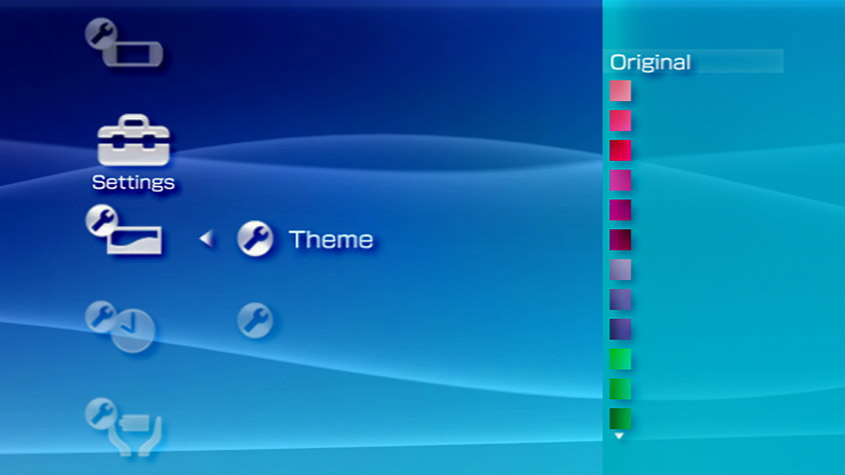
After solving the color mystery, we were distracted from memory testing once again. The new PSP feels like it offers better controls, and so we decided to examine the controller inputs to see if we could detect any physical reasons that would justify this feeling. We didn't have to look very hard. All we needed to do was turn the system flat to see that the buttons on the D pad are raised slightly higher on the new system, which makes game control so much better.
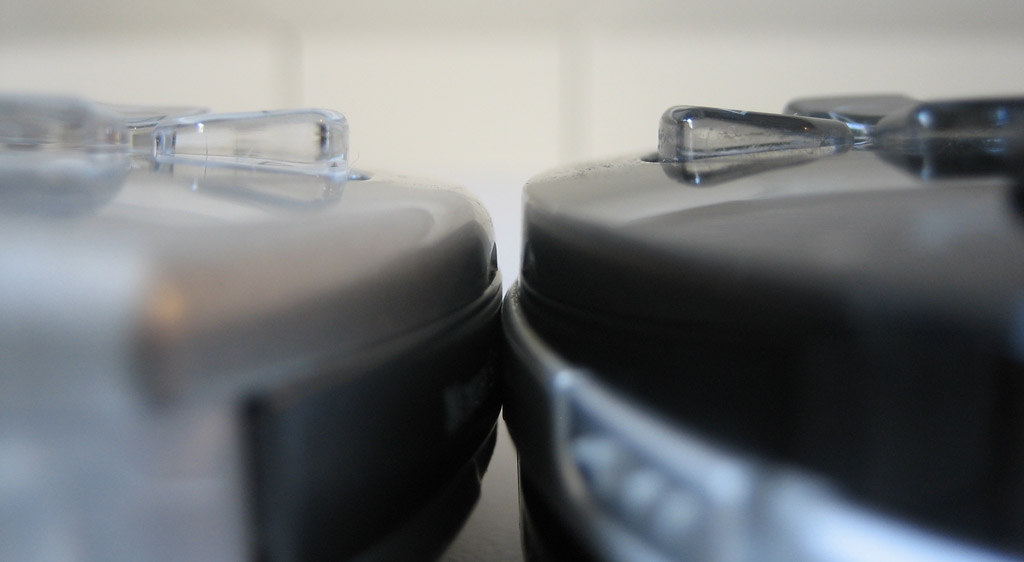
Finally, we got to the memory-load testing. You'll find the new "UMD Cache" option in the System Settings Menu. According to the scrolling description, enabling the UMD Cache will "reduce the frequency at which the system reads from the UMD." We enabled the UMD-caching feature and tested a few games to see if it had any affect on load times. UMD caching requires an initial memory load, so we also tested how fast the games could load up levels after we first started and exited a game to preload the data into system memory. We had time to test out only three games, but early results indicate that the additional system memory and UMD caching really do help speed up initial game launches, as well as subsequent level reloads.
The video output also works well. Sony added a new "Connected Display Settings" menu item for managing the PSP's new video-output capabilities. The "Switch Video Output" option toggles the video output between the PSP screen and the external display. You can also toggle the display by holding down the display button right below the PSP screen. The "TV Type" option lets you set the display to 16:9 widescreen or the normal 4:3 aspect ratio. The "Component/D-Terminal" setting lets you select between progressive or interlaced video out when using a component or D-Terminal cable. The menu also offers the option to enable a screensaver that will kick in after five, 10, or 15 minutes.
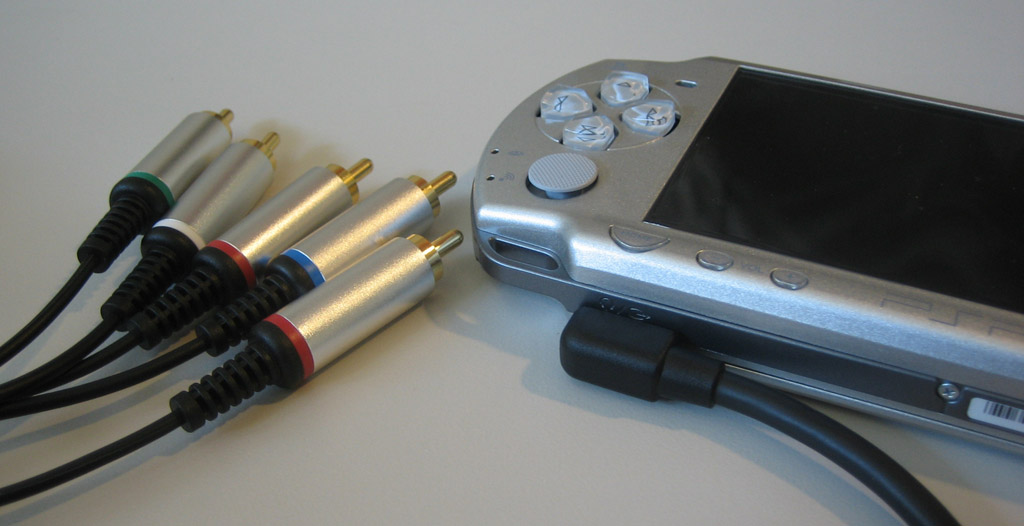
We played a Dodgeball UMD on our 37" Westinghouse HDTV. We had to fiddle with the video settings to get the picture to fill properly, but the video worked fine after we set everything up. We'd recommend using a native 480p or 480i display for playback, given that upscaling the video to HDTV resolution isn't going to give you the best picture. We do have to say that the video looked fantastic when we plugged the component cables into a PC to capture images. Our test system included only the component AV cables, so we weren't able to see how the regular composite cables perform.
The new Sony PSP is a nice upgrade over the original model. The lighter system feels much more comfortable in hand and the internal memory upgrade has also improved game performance. The changes aren't drastic enough to get current PSP owners to replace their current systems, but potential buyers leaning towards the PSP will find the new system difficult to resist. Check out our
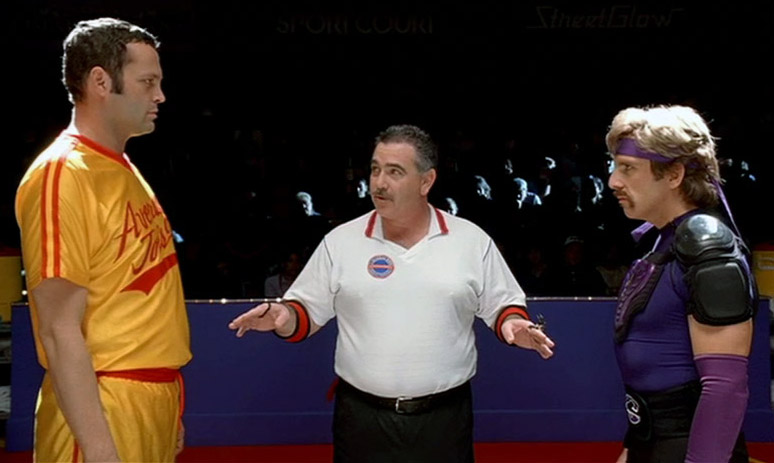



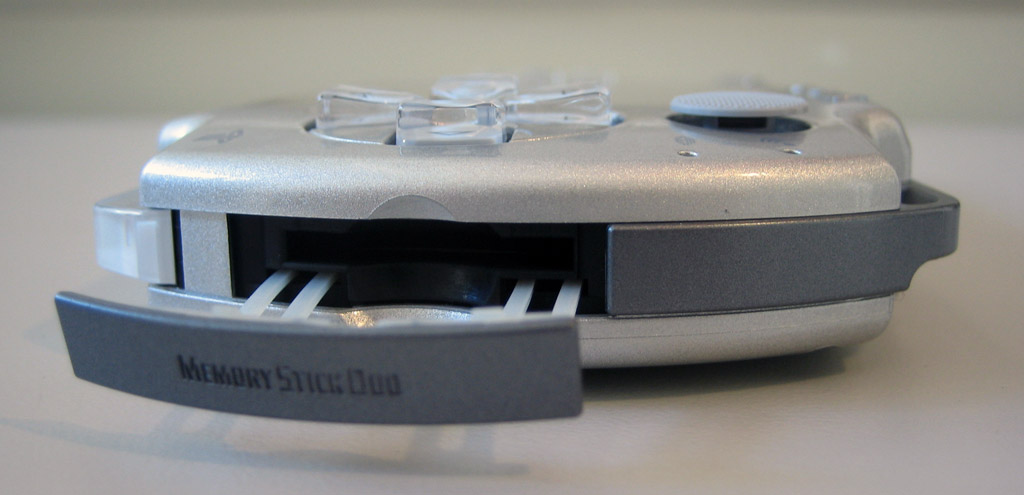


Got a news tip or want to contact us directly? Email news@gamespot.com


Join the conversation